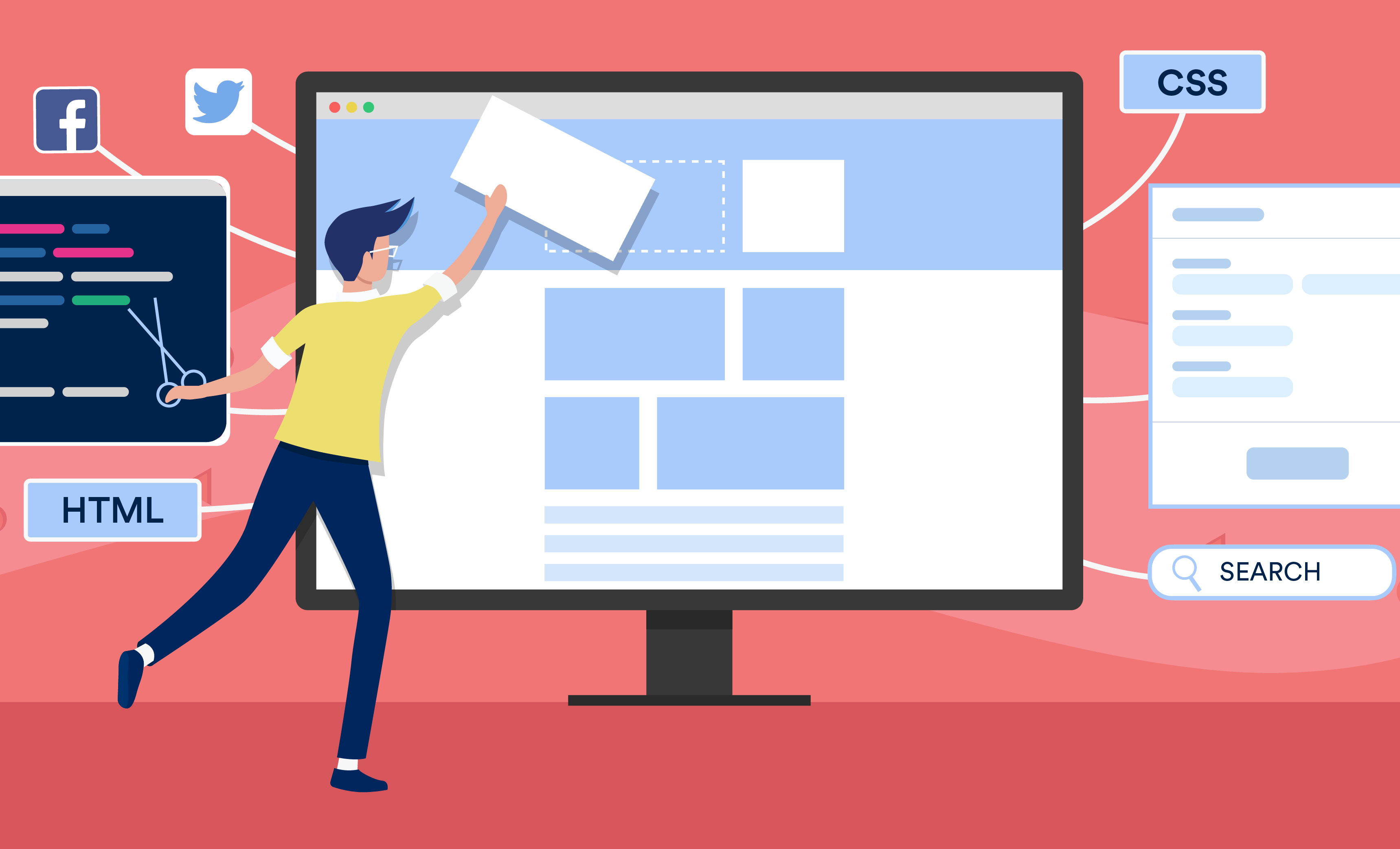
https://corporategrouphealthinsurance.com At the heart of any thriving organization lies the well-being of its people. Indeed, a strategic and thoughtfully designed group health insurance plan not only protects employees but also elevates morale, productivity, and company reputation. When leaders prioritize comprehensive coverage, especially those that consider dental, vision, fully insured, level-funded, and self-funded options, they set the stage for a healthier and more engaged workforce. In this article, we’ll explore key types of corporate group health insurance plans, their benefits, and how employers can tailor their approach to align with both budget and well-being goals.
Understanding the Types of Group Health Insurance Plans
Dental and vision insurance plans provide essential care for employees and their families, reducing out-of-pocket costs and encouraging preventive checkups, which can in turn limit more expensive treatments later.
Fully insured health plans operate under a traditional model: organizations pay a fixed premium to an insurance carrier, which assumes the risk. These plans are simple to manage and predictable, making them ideal for businesses that value stability and ease of administration.
Level-funded health insurance plans blend the predictability of fixed costs with potential savings. Employers pay a set amount covering both claims and administrative fees. If actual claims fall below projections, employers may receive rebates, helping manage costs in a fluctuating claims environment.
Self-funded health plans offer businesses greater flexibility and control. Employers assume the risk and pay claims directly as they arise, which is ideal for larger organizations with robust cash flow. This model encourages custom plan design and cost transparency and may deliver long-term cost advantages.

Why Diverse Plan Options Matter
Offering a mix of dental, vision, and multiple funding models helps organizations match coverage to workforce needs. Younger employees may value preventive dental care, while families might prioritize comprehensive medical coverage. Level-funded or self-funded plans can reward lower-risk groups with savings, while fully insured options appeal to businesses seeking simplicity.
Diverse offerings also enhance recruitment: attractive benefits differentiate companies in the job market, fostering loyalty and easing retention. A comprehensive health benefits package communicates that the employer truly values employee well-being.
Choosing the Right Plan: Considerations for Employers
1. Workforce Demographics
Analyze your workforce composition. A younger population might favor preventive care options like dental and vision. Employees with families may need dependent coverage or wellness programs.
2. Budget Stability vs Savings Potential
Fully insured plans offer cost predictability; self-funded options may yield savings but require readiness for variable expenses. Level-funded plans offer a hybrid approach: stable payments with refund potential.
3. Administrative Capabilities
Smaller organizations with limited HR resources often prefer fully insured plans. If you have seasoned benefits staff, level-funded and self-funded options may appeal for their flexibility and efficiency.
4. Regulatory and Legal Compliance
Whether fully insured or self-funded, regulatory compliance remains crucial. Working with licensed agents ensures adherence to state and federal insurance regulations, something emphasized by compliance statements on official sites.
5. Health Data and Risk Management
Self-funded models provide access to detailed claims data, enabling targeted wellness interventions and cost control. Level-funded plans may also offer insights while minimizing financial exposure.

Best Practices for Plan Implementation
- Engage Licensed Agents: They help clarify coverage options, assist with underwriting, and ensure regulatory compliance, boosting peace of mind.
- Educate Employees: Use clear communication tools like webinars and decision guides so employees understand coverage choices, contributing to better utilization.
- Monitor Utilization: Track trends such as dental visits or chronic care needs, and adjust plan offerings accordingly.
- Review Annually: Renewal is a chance to reassess funding models, coverage scope, and cost efficiency.
- Incorporate Wellness Programs: Beyond insurance, initiatives like preventive screenings or wellness incentives can support healthier behaviors and reduce long-term costs.
The Bottom Line
By offering a spectrum of insurance models from dental and vision to fully insured, level-funded, and self-funded plans, employers can align benefits with both business objectives and employee well-being. The right mix reduces financial uncertainty, boosts coverage value, and underscores the company’s commitment to its people. As organizations grow and workforce needs evolve, tailoring health benefits strategically ensures that investments in wellness deliver long-lasting value for employees and the business alike.
Final Thoughts
Group health insurance is more than a mandatory benefit; it’s a strategic asset. It reinforces employee security, drives engagement, and supports an organization’s brand purpose. In the face of rising healthcare costs and shifting workforce expectations, thoughtful, modernized group health plans allow employers to foster both financial responsibility and holistic well-being.





